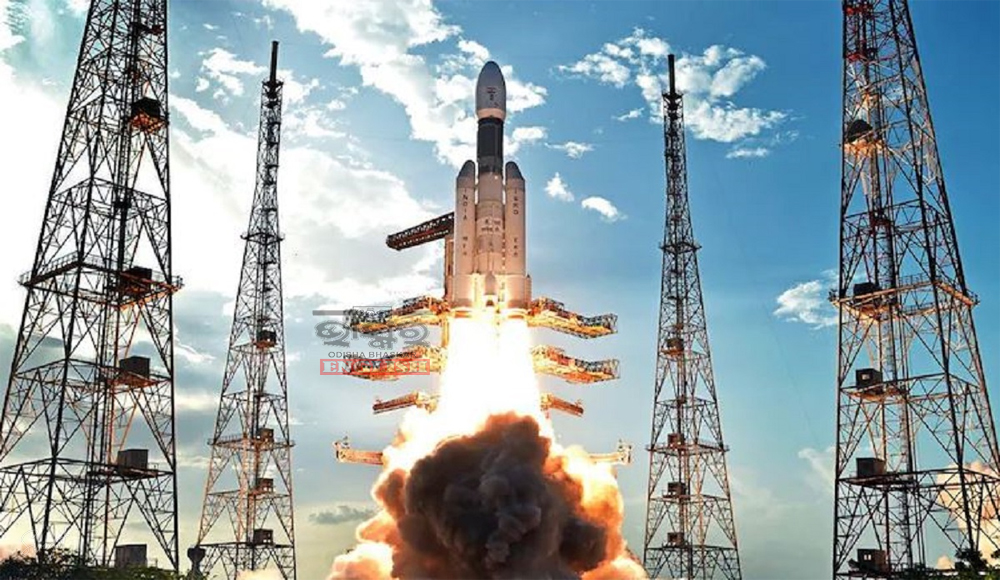India successfully launched its third lunar mission, Chandrayaan-3, on Friday. Following the previous mission, Chandrayaan-2, this expedition aims to explore the lunar surface with a planned soft landing at the south pole.
The Indian Space Research Organisation (ISRO) has strategically scheduled the landing to coincide with the availability of sunlight, crucial for the functioning of the lander’s newly added solar panels. This ensures a continuous power supply to facilitate the rover’s mobility. The mission is expected to reach the moon by August 23, depending on the sunrise calculations. In the event of a delay, the landing will be rescheduled for September.
Learnings from the challenges faced during the Chandrayaan-2 mission have led to significant modifications in Chandrayaan-3. ISRO has incorporated additional instruments, algorithms, and approaches to address potential failures and uncertainties. These improvements enhance the mission’s ability to handle off-nominal situations and increase the chances of a successful soft landing.
The orbiter on Chandrayaan-3 differs from its predecessor, as it now carries a single in-situ instrument called SHAPE (Spectro-polarimetry of habitable planet Earth). Unlike the previous mission, which had nine instruments on board, this streamlined approach allows for focused data collection.
India’s space program has experienced substantial growth since its first lunar orbit mission in 2008. With each mission, ISRO continues to push boundaries and expand the nation’s presence in space exploration.




Comments are closed.